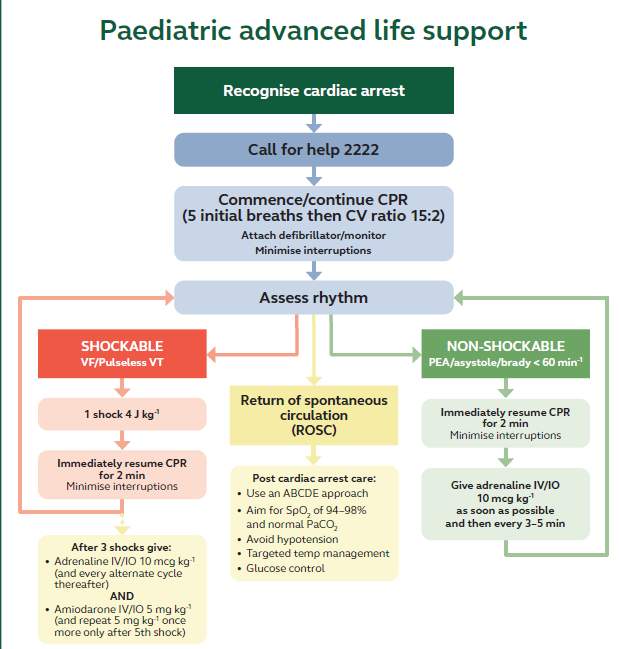13yr old Martha Mills died in 2021 at King’s College Hospital, London, of sepsis after pancreatic trauma (fell off bike in Snowdonia). The family went to the local minor injuries unit, where they were reassured. She continued to have severe pain however, then vomiting – so they went to the nearest hospital. She was admitted to the ward, then ICU, before being transferred by helicopter to King’s College London (1 of 3 specialist centres for pancreatic injury in the UK).
“We are so lucky to be here”, writes the mum.
She was NG fed, a peritoneal drain inserted. She started mobilising after 2 weeks. Then she developed fever and diarrhoea – started antibiotics. “The consultants swooped in, and were ostentatiously deferred to by the junior doctors.
“They were chatty, assertive, grand.”
Martha then started oozing from drip sites and peritoneal drain site. A scan showed small pericardial effusion. She had a persistent fever – and it was the start of a bank holiday weekend.
Consultant went home after morning round. Martha’s mum raised her concern about septic shock but was told “it’s just a normal infection”. She was told not to look up things on the internet – “you’ll only worry yourself”.
When she developed low BP and tachycardia, then widespread rash, it was diagnosed as a drug reaction.
““Trust the doctors – they know what they’re doing,” said the nurses.
The consultant was contacted to discuss worsening PEWS – did not come in – no change in management was made. The consultant phoned PICU (routine) but gave limited info – advised against review “to avoid parental anxiety”. The night shift junior did not review. Martha was drinking copiously.
At 0545 she had a seizure, at which point people started arriving and things seemed to happen – she was moved to PICU, intubated and then moved to Great Ormond Street hospital for ECMO. She died 4 days before her birthday.
Issues
- Mum is editor at Guardian newspaper
- Nothing to do with insufficient resources, overstretched doctors/nurses, or cuts, or a health service under strain
- Consultants dismissive and arrogant
- Juniors “performing” competence
- No one expressed concern, even if they had it
- Lack of note keeping
- Lack of consultant presence at weekend
- All doctors mentioned at inquest were men
Mum’s advice to parents
- Our trust in doctors should have limits. Plenty of clinicians prone to arrogance and complacency.
- However indebted you feel to the NHS, don’t be afraid to challenge decisions if you have good reason to.
- Remember most of the doctors in hospitals are just [sic] training. Don’t be afraid to ask how long a clinician has been qualified. Junior doctors are often green and trying to stay composed to impress their superiors.
- Make sure, if you can, that a single consultant has overall responsibility: we all know that if you’re answerable for something, you try harder.
- Google like crazy.
Aftermath
September 2023 Riya Harani dies from invasive Group A streptococcus and influenza B. Seen in hospital the day before. Junior doctor diagnosed a virus and discharged her with advice to take over the counter painkillers and info re: management of sore throat. Consultant not involved. At inquest, coroner says ““I think it highly likely that if it had been open to Riya’s family to seek a second opinion at that point, they would have done so without hesitation.”
UK Minister for health has said they will progress with the right to urgent second opinions across the health service.
Second Opinions
Right to second opinion already in Good Medical Practice: “In providing clinical care, you must respect the patient’s right to seek a second opinion”. But not traditionally associated with acute care and no detail otherwise.
Seeking a second opinion is more common in:
- women, middle-age patients,
- more educated patients, higher income or socioeconomic status,
- chronic conditions,
- living in central urban areas.
Motivation is to seek to gain more information, or reassurance. Potential major impact on patient outcomes in up to 58% of cases.
Solution
Condition Help (Pittsburgh, 2000s), Call 4 concern (Royal Berkshire) – hospital hotline to call rapid response team to bedside. Ryan’s rule (Queensland) is state-wide number for review of medical care.
But evidence of benefit sparse. Tends to be pain management and communication breakdown rather than acute deterioration. 18% of patients generated nearly half of all calls to Condition Help (in 41.4% of cases, a change in care was made).
International Society for Rapid Response systems includes family trigger system as one measure of effectiveness.
“The recurring problems of hierarchy, arrogance and poor culture have not been tackled despite decades of effort… It is not the job of patients and families to wait around for healthcare providers to sort out their culture.” [(Helen Haskell, BMJ 2023)]
Such systems do not address problems of overcrowded wards, lack of beds, delayed assessments, poor nurse:patient ratios etc… Perhaps don’t appreciate informal senior discussions that happen all the time. Potential for delays in appropriate treatment if process of getting second opinion interferes with management?
“I’d like to imagine a world in which Martha was transferred to intensive care in time and her life was saved.In this parallel universe, I talk endlessly about the doctors and nurses who helped her. I go on a fundraising walk for the hospital.
Bright and determined girl as she was, Martha aces all her exams, goes to university, has a career and children.
She visits us at weekends and we recall those distant weeks when she was in hospital.”
Mrs Mills
